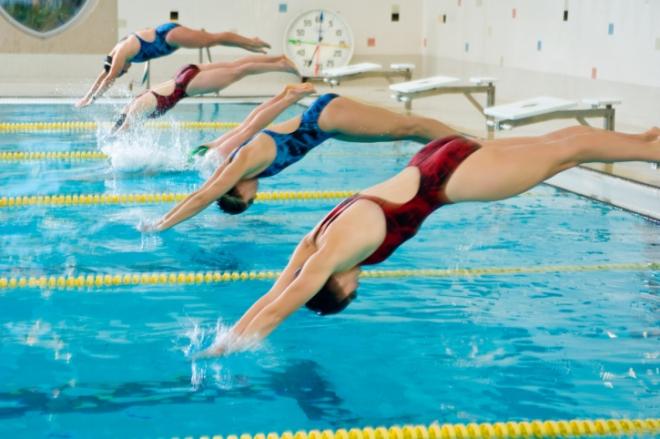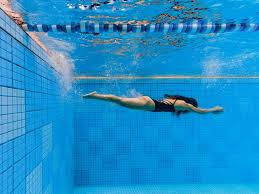Booklet: Commemorative Stamp Booklet: Gibraltar Island Games 1995, 15 (Gibraltar 1995)
Commemorative Stamp Booklet: Gibraltar Island Games 1995, 15 (Gibraltar 1995)
08 May (Gibraltar ) within release Gibraltar Island Games '95 goes into circulation Booklet Commemorative Stamp Booklet: Gibraltar Island Games 1995, 15 face value 4.68 Gibraltar pound
| Booklet Commemorative Stamp Booklet: Gibraltar Island Games 1995, 15 in catalogues | |
|---|---|
| Michel: | Mi: GI MH7 |
| Stanley Gibbons: | Sg: GI SB10 |
Booklet is horizontal format.
Prestige Booklet contains: Booklet pane "Mi:GI HB10" (3 x "Mi:GI 715"); Booklet pane "Mi:GI HB11" (3 x "Mi:GI 716"); Booklet pane "Mi:GI HB12" (3 x "Mi:GI 717"); Booklet pane "Mi:GI HB13" ("Mi:GI 715", "Mi:GI 716", "Mi:GI 717").Also in the issue Gibraltar Island Games '95:
- Booklet Pane - Athletics - Gibraltar Island Games 1995, 15-22 July face value 3*44;
- Booklet - Commemorative Stamp Booklet: Gibraltar Island Games 1995, 15 face value 4.68;
- Booklet Pane - Commemorative Stamp Booklet: Gibraltar Island Games 1995, 15 face value 1.17;
- Booklet Pane - Sailing - Gibraltar Island Games 1995, 15-22 July face value 3*24;
- Booklet Pane - Swimming - Gibraltar Island Games 1995, 15-22 July face value 3*49;
Booklet Commemorative Stamp Booklet: Gibraltar Island Games 1995, 15 it reflects the thematic directions:
Water sports or aquatic sports are sports activities conducted on waterbodies and can be categorized according to the degree of immersion by the participants.
Athletics is a group of sporting events that involves competitive running, jumping and throwing. The most common types of athletics competitions are track and field, road running, cross-country running, and race walking.
Running is a method of terrestrial locomotion by which humans and other animals move rapidly on foot. Running is a gait with an aerial phase in which all feet are above the ground (though there are exceptions). This is in contrast to walking, where one foot is always in contact with the ground, the legs are kept mostly straight, and the center of gravity vaults over the stance leg or legs in an inverted pendulum fashion. A feature of a running body from the viewpoint of spring-mass mechanics is that changes in kinetic and potential energy within a stride co-occur, with energy storage accomplished by springy tendons and passive muscle elasticity. The term "running" can refer to a variety of speeds ranging from jogging to sprinting.
A modern sailing ship or sailship is any large wind-powered vessel. Traditionally a sailing ship (or simply ship) is a sailing vessel that carries three or more masts with square sails on each. Large sailing vessels that are not ship-rigged may be more precisely referred to by their sail rig, such as schooner, barque (also spelled "bark"), brig, barkentine, brigantine or sloop. There are many different types of sailing ships, but they all have certain basic things in common. Every sailing ship has a hull, rigging and at least one mast to hold up the sails that use the wind to power the ship. The crew who sail a ship are called sailors or hands. They take turns to take the watch, the active managers of the ship and her performance for a period. Watches are traditionally four hours long. Some sailing ships use traditional ship's bells to tell the time and regulate the watch system, with the bell being rung once for every half hour into the watch and rung eight times at watch end (a four-hour watch). Ocean journeys by sailing ship can take many months, and a common hazard is becoming becalmed because of lack of wind, or being blown off course by severe storms or winds that do not allow progress in the desired direction. A severe storm could lead to shipwreck, and the loss of all hands. Sailing ships are limited in their maximum size compared to ships with heat engines, so economies of scale are also limited. The heaviest sailing ships (limited to those vessels for which sails were the primary means of propulsion) never exceeded 14,000 tons displacement. Sailing ships are therefore also very limited in the supply capacity of their holds, so they have to plan long voyages carefully to include many stops to take on provisions and, in the days before watermakers, fresh water.
A ship is a large watercraft that travels the world's oceans and other sufficiently deep waterways, carrying passengers or goods, or in support of specialized missions, such as defense, research and fishing. Historically, a "ship" was a sailing vessel with at least three square-rigged masts and a full bowsprit. Ships are generally distinguished from boats, based on size, shape and load capacity.
Sport is a form of physical activity or game. Often competitive and organized, sports use, maintain, or improve physical ability and skills. They also provide enjoyment to participants and, in some cases, entertainment to spectators. Many sports exist, with different participant numbers, some are done by a single person with others being done by hundreds. Most sports take place either in teams or competing as individuals. Some sports allow a "tie" or "draw", in which there is no single winner; others provide tie-breaking methods to ensure one winner. A number of contests may be arranged in a tournament format, producing a champion. Many sports leagues make an annual champion by arranging games in a regular sports season, followed in some cases by playoffs.
Swimming is the self-propulsion of a person through water, or other liquid, usually for recreation, sport, exercise, or survival. Locomotion is achieved through coordinated movement of the limbs and the body to achieve hydrodynamic thrust that results in directional motion. Humans can hold their breath underwater and undertake rudimentary locomotive swimming within weeks of birth, as a survival response. Swimming requires stamina, skills, and proper technique.






